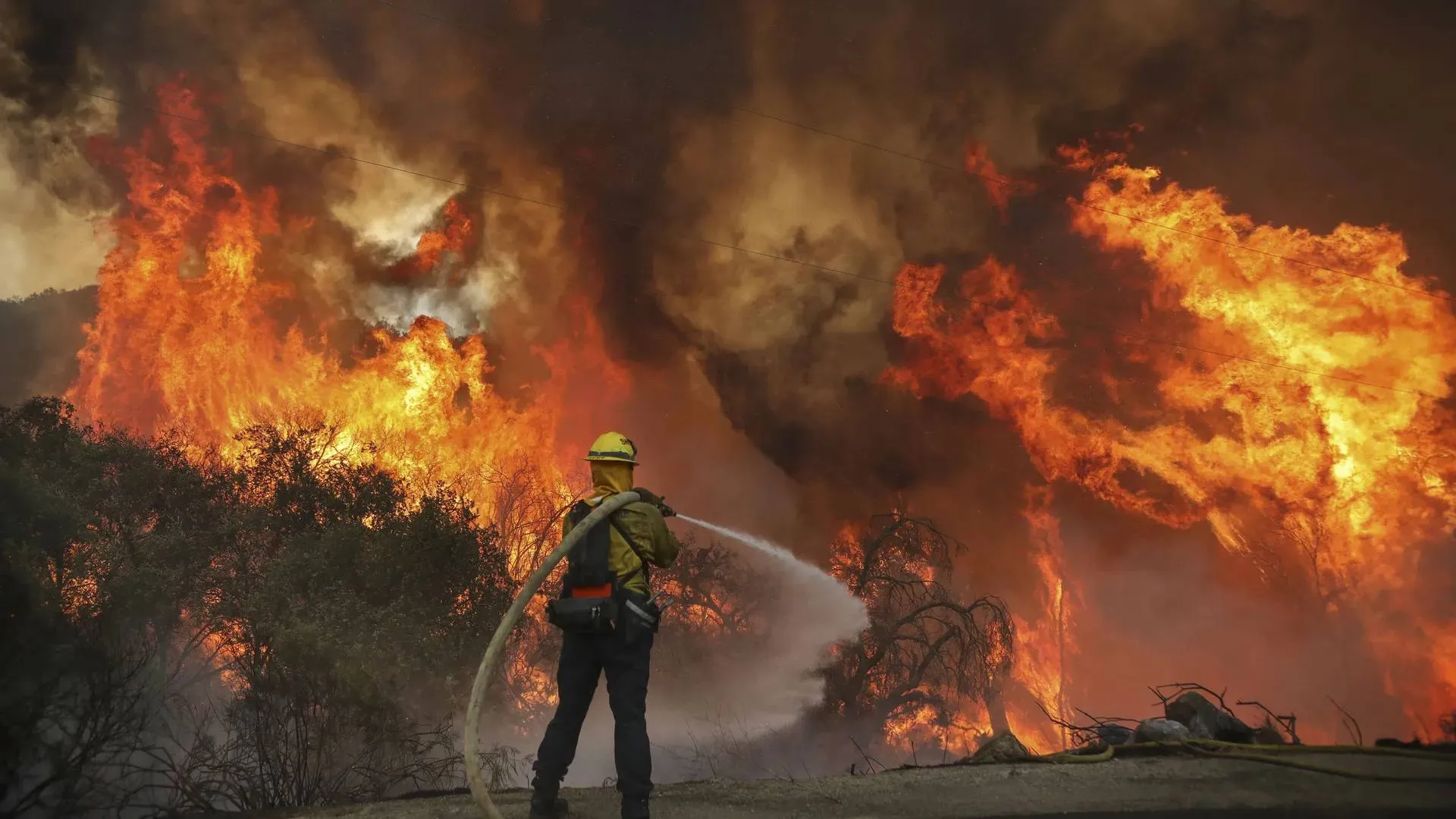California is facing a devastating wildfire crisis, as wildfires continue to spread across Los Angeles, claiming five lives and destroying more than 1,000 structures. The Pacific Palisades fire, which began two days ago, has become the most destructive in the city’s history. Firefighters across the state are working overtime to battle the blazes as conditions worsen. Alarmingly, this is not California’s typical wildfire season, which usually occurs during the drier months from May to October. Experts suggest that the state is experiencing untimely wildfires, a phenomenon that has become more frequent in recent years.
Why California Faces Increasing Wildfires
California has long been vulnerable to wildfires, primarily due to its dry summers and strong winds. However, the state has seen an increase in wildfire frequency, driven by both natural and man-made causes. Natural causes like lightning are common, as lightning strikes dry vegetation, which can easily ignite and spread, especially when strong winds are involved. Additionally, human activity has contributed significantly to wildfire outbreaks. According to Luca Carmignani, a Fire Advisor from the University of California, roadside ignition is one of the most common causes. Sparks from vehicles, such as those caused by dragging chains or malfunctioning catalytic converters, can easily start fires. Even improperly extinguished campfires and power lines that are knocked by strong winds can spark massive fires.
A 2022 California audit revealed that state utilities have not done enough to reduce wildfire risks. Despite identifying deficiencies in utility safety measures, the state continues to struggle with managing the electrical grid and preventing wildfires.
The Role of Climate Change in Wildfires
Climate change has exacerbated the frequency and intensity of California’s wildfires. According to the National Oceanic and Atmospheric Administration (NOAA), increased heat, prolonged drought, and a drier atmosphere have significantly increased the risk of wildfires in the western United States. These factors, including temperature, humidity, and the dryness of vegetation, all align to create ideal conditions for wildfires. Climate change has made California’s wildfire season almost year-round, as these conditions now occur more frequently and with greater intensity.
Preventing Future Wildfires
Although combating climate change will take time, Californians can take immediate steps to reduce the risk of wildfires. The California Department of Forestry and Fire Protection advises obtaining permits for campfires, checking local fire restrictions, and ensuring that campfires are completely extinguished before leaving. The U.S. Department of the Interior recommends building campfires in open areas, maintaining vehicles and equipment to avoid sparks, and avoiding activities like burning debris when conditions are windy or restricted.
By making more conscious choices, Californians can play a crucial role in preventing wildfires and protecting lives and property.






















